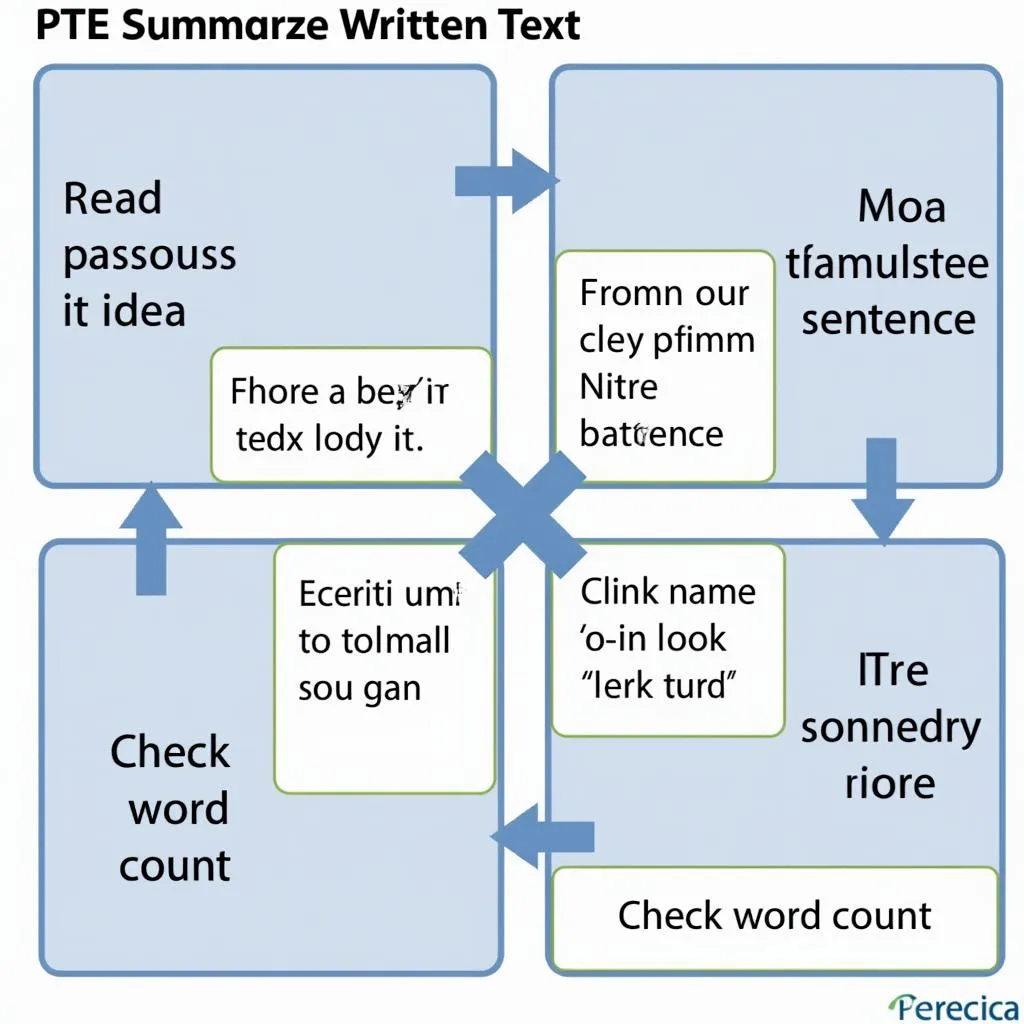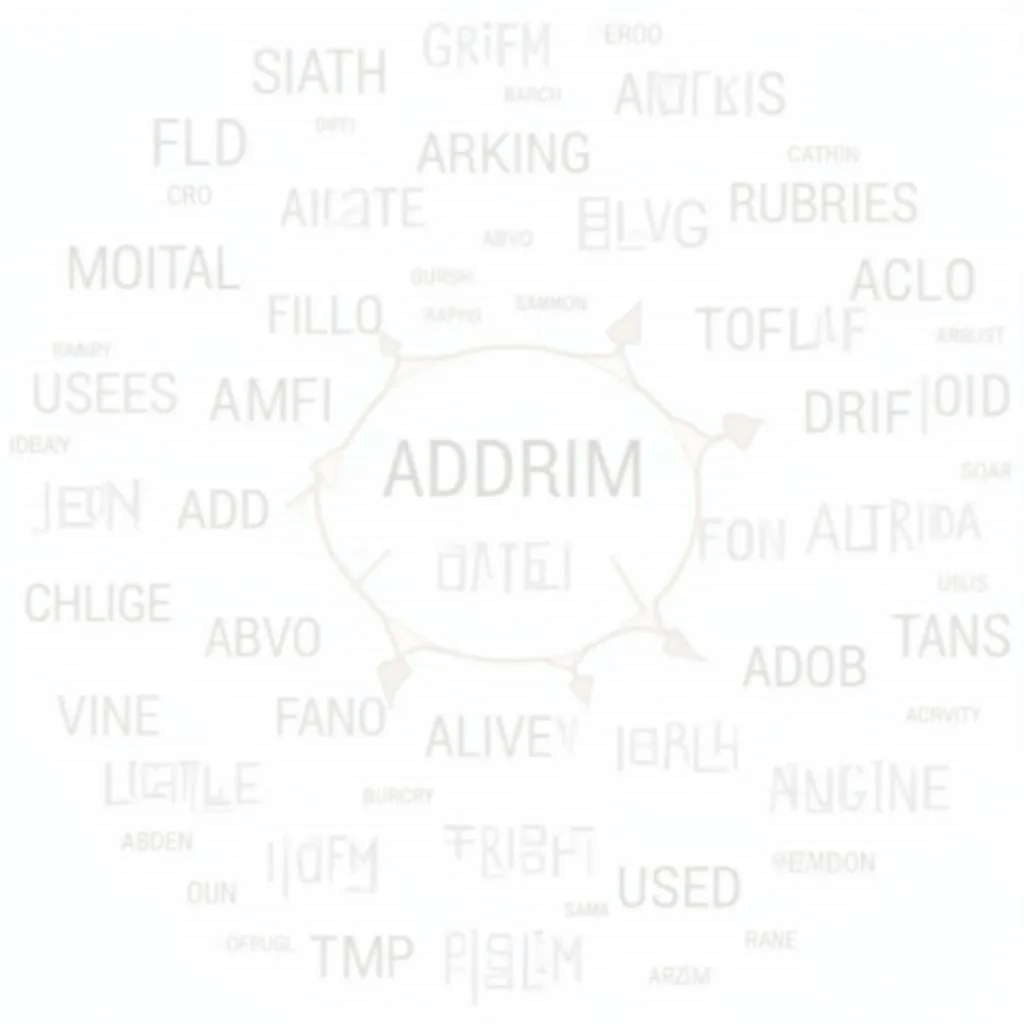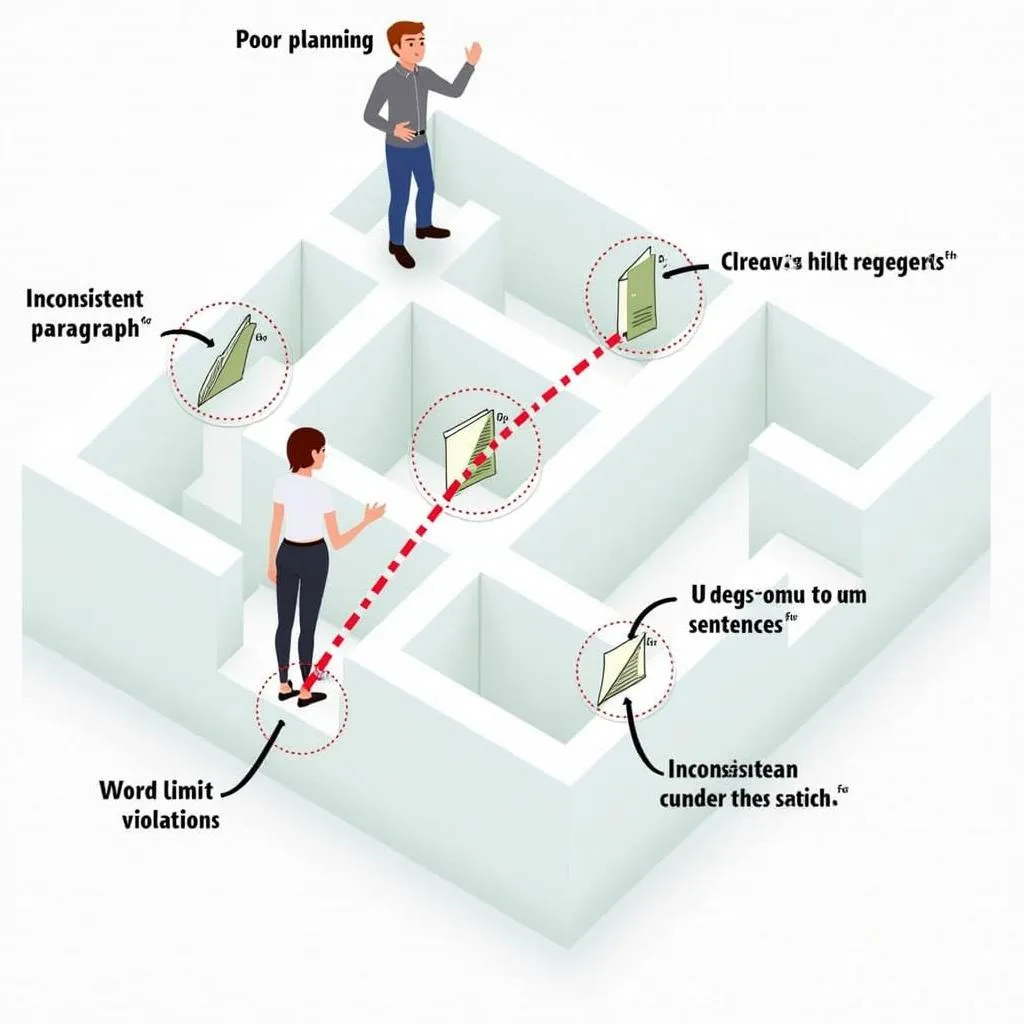Writing effectively in the PTE Academic exam requires more than just good language skills. It demands a well-structured approach to ensure your responses are clear, concise, and score-worthy. This guide will walk you through proven strategies to structure your PTE writing responses for maximum impact.
Understanding the PTE Writing Tasks
Before diving into structuring techniques, it’s crucial to familiarize yourself with the two main writing tasks in the PTE Academic test:
- Summarize Written Text
- Essay Writing
Each of these tasks requires a specific approach to structuring your response. Let’s explore them in detail.
Summarizing Written Text
The Summarize Written Text task challenges you to condense a lengthy passage into a single coherent sentence. Here’s how to structure your response effectively:
- Read the passage carefully, identifying the main idea and key supporting points.
- Formulate a concise sentence that captures the essence of the text.
- Use appropriate connectors to link ideas smoothly.
- Ensure your summary adheres to the 5-75 word limit.
 Effective structure for PTE Summarize Written Text task
Effective structure for PTE Summarize Written Text task
Dr. Emily Chen, a PTE expert with over 10 years of experience, emphasizes the importance of practice in mastering this task: “Regular practice in summarizing complex texts into a single sentence will significantly improve your ability to identify and convey key information concisely.”
PTE listening section note-taking tips can also be applied to improve your summarizing skills, as both require quick identification of main ideas.
Essay Writing
The Essay Writing task requires you to compose a 200-300 word essay on a given topic. Here’s a robust structure to follow:
-
Introduction (40-50 words)
- Hook sentence
- Brief background
- Clear thesis statement
-
Body Paragraphs (2-3 paragraphs, 70-80 words each)
- Topic sentence
- Supporting evidence or examples
- Explanation
- Transition to the next paragraph
-
Conclusion (40-50 words)
- Restate thesis
- Summarize main points
- Closing statement or call to action
Key Strategies for Structuring PTE Writing Responses
1. Plan Before You Write
Taking a few minutes to plan your response can significantly improve its structure and coherence. For essays, create a quick outline. For summaries, jot down the main idea and key points before crafting your sentence.
2. Use Clear Topic Sentences
Each paragraph in your essay should begin with a clear topic sentence that introduces the main idea of that paragraph. This helps the reader follow your argument and improves the overall structure of your response.
3. Employ Transition Words and Phrases
Transition words and phrases help to connect ideas and improve the flow of your writing. Some examples include:
- Furthermore
- However
- In contrast
- As a result
- For instance
 Transition words and phrases for PTE Writing
Transition words and phrases for PTE Writing
4. Maintain Paragraph Unity
Ensure that each paragraph in your essay focuses on a single main idea. This improves the clarity and structure of your response.
5. Use Complex Sentences Judiciously
While it’s important to demonstrate your ability to use complex sentence structures, overusing them can make your writing difficult to follow. Strike a balance between simple, compound, and complex sentences for optimal readability and coherence.
How to practice writing complex sentences for PTE provides valuable insights on incorporating varied sentence structures effectively.
6. Conclude Strongly
Your conclusion should tie everything together, reinforcing your main points and leaving a lasting impression on the reader. Avoid introducing new ideas in the conclusion.
Common Pitfalls to Avoid
When structuring your PTE writing responses, be wary of these common mistakes:
- Neglecting to plan your response
- Writing overly long or short paragraphs
- Failing to use clear topic sentences
- Overusing transition words
- Straying from the main topic
- Ignoring word limits
Dr. Sarah Johnson, a renowned PTE Writing instructor, advises: “Many test-takers underestimate the importance of structure in their responses. A well-structured essay or summary can significantly boost your score, even if there are minor language errors.”
How to avoid common mistakes in PTE offers additional guidance on steering clear of these and other pitfalls.
 Common pitfalls in PTE Writing responses
Common pitfalls in PTE Writing responses
Practice Makes Perfect
Mastering the art of structuring PTE writing responses takes time and practice. Here are some tips to improve your skills:
- Analyze sample high-scoring responses to understand effective structuring techniques.
- Practice timed writing exercises regularly.
- Seek feedback from peers or tutors on your response structure.
- Review your own work critically, focusing on improving organization and coherence.
PTE exam tips for advanced learners provides additional strategies for refining your writing skills.
Conclusion
Structuring your responses effectively in PTE writing tasks is crucial for achieving a high score. By following the guidelines outlined in this article and consistently practicing your skills, you’ll be well-equipped to tackle the Summarize Written Text and Essay Writing tasks with confidence. Remember, a well-structured response not only demonstrates your language proficiency but also your ability to organize and communicate ideas clearly – a skill that’s invaluable both in the PTE Academic exam and beyond.
FAQ
-
How important is structure in PTE writing tasks?
Structure is crucial in PTE writing tasks as it directly impacts your coherence and cohesion scores, which are key components of the overall writing score. -
Can I use the same structure for all essay topics?
While the basic essay structure remains similar, you should adapt it slightly based on the specific essay prompt and your arguments. -
How can I improve my summarizing skills for the Summarize Written Text task?
Regular practice, focusing on identifying main ideas quickly, and learning to paraphrase efficiently can significantly improve your summarizing skills. -
Is it necessary to use complex vocabulary in PTE writing tasks?
While using advanced vocabulary can showcase your language skills, it’s more important to use words accurately and appropriately. Focus on clarity and precision rather than complexity. -
How can I ensure I stay within the word limit for PTE writing tasks?
Practice writing within time constraints, learn to be concise, and always leave time for editing and word count checking at the end of your response.